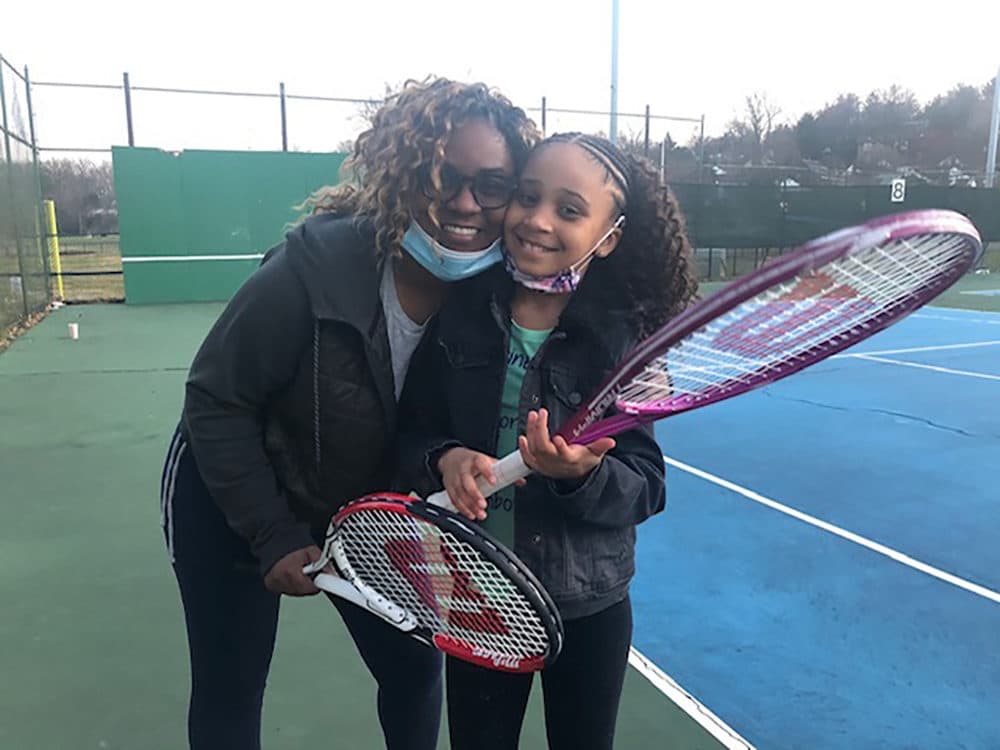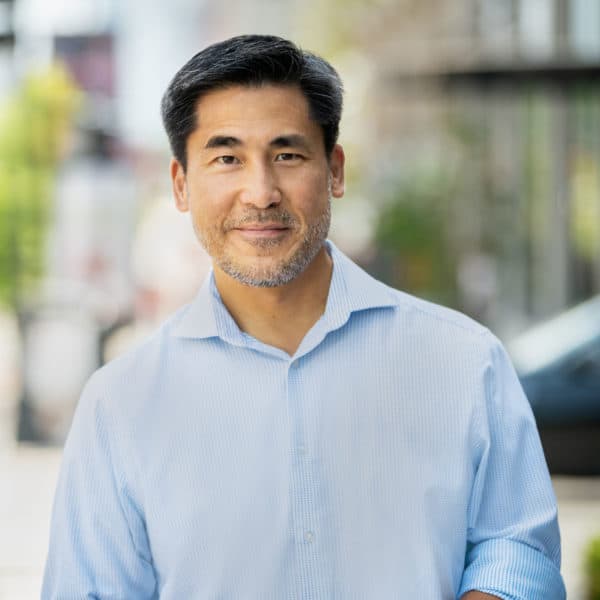Advertisement
As cases of kids with long COVID rise, one mom warns: 'It can happen to literally anyone'

Rebekah Hogan has three children at home in Albany, New York. All are being treated for long COVID after mild infections.
Hogan’s oldest child, 15-year-old Caleigh, has pancreatic enzymes so high that she has to take medication 30 minutes before eating — every time she eats. Kelly also developed headaches, back pain, depression and anxiety, Hogan says.
Ben, Hogan’s 13-year-old middle child, was diagnosed with POTS — a syndrome that causes increased heart rate. His sudden heart rate fluctuations often result in nausea and vomiting. In addition, Ben’s been suffering from a condition nick-named “spaghetti legs” where the teen’s limbs give out underneath him, his mom says.
The youngest of the three kids, 9-year-old Sebastian, developed obsessive compulsive disorder following COVID-19, she says. He’s too anxious to go to school, she says, something the family is helping him work on.
Even with declines in COVID-19 cases around the country, more than 375,000 new cases were reported last week. As raw numbers tick up, infectious disease doctors are noting an increase in cases of kids presenting with long COVID — a huge constellation of symptoms, many debilitating, that can follow even mild infections.
Specialists now estimate that about 10% of kids who get infected with COVID-19 are showing signs of having this post-COVID syndrome.
The illnesses plaguing Hogan’s children perfectly fit the spectrum of symptoms Dr. Alexandra Yonts says she witnesses at Children's National Hospital’s kids’ long COVID clinic in Washington, D.C.
Fatigue has been the most prominent symptom, she says, adding that it can range from kids not being as active as they once were to not being able to get out of bed. Other common symptoms include decreased appetite, abdominal pain, headaches, brain fog and changes in behavior, like depression and anxiety. She’s seen children present with vertigo, abnormal rashes, as well as one young girl developing high blood pressure, Yonts says.
Long COVID is “an entirely different beast” than the acute illness, she says. While COVID-19 is thought to be a trigger for a vast range of long-haul symptoms, these are often not the same symptoms the child experiences during their active COVID infection.
Advertisement
Long COVID and post-COVID clinics like the one at Children's National Hospital are vital to helping parents navigate their children's symptoms and putting a name to the illness. “Lots of patients and families don't know what to do with these new symptoms that their kids are presenting with, so they often get passed around from doctor to doctor,” she says.
Right now, Yonts says there’s no consensus on how to manage long COVID as a whole. Instead, they work to treat and rehabilitate the various symptoms kids have developed. Still, long COVID clinics share the goal of getting patients back to the good health most experienced before COVID-19, she says.
Because young children have trouble vocalizing their symptoms, she says, it’s harder to diagnose them with long COVID. Yonts says it comes down to parents reporting their diligent observations about changes in their child. Still, she says it’s “likely we are under-detecting ongoing symptoms in the younger age populations.”
While children may be at lower risk for getting severely sick and dying from COVID-19 than adults, Yonts says that doesn’t mean there’s no risk at all. And that includes their chance of developing COVID complications.
“It's a roll of the dice,” Yonts says, “and you never know if your child may be the one that will have fatigue that keeps them out of school for the next six months or has debilitating headaches or abdominal pain.”
Among those suffering from long COVID is 10-year-old Haley Bryson.
Haley’s mother, D.C.-area teacher Javanese Hailey, says her daughter had a mild case of COVID-19 last summer and bounced back to her energetic self shortly after.
Then the school year started, she says, and Haley complained of a sore throat, headache and stomach ache — the three main symptoms she experienced while sick with COVID-19. Haley was diagnosed with strep throat and was put on antibiotics, but the symptoms persisted after she finished her course of antibiotics.
Mononucleosis tests came back negative, Hailey says, as did her daughter’s re-test for strep. She made multiple trips to the pediatrician. An ultrasound of Haley’s stomach and lab work all came back normal, as well. Yet her daughter’s symptoms persisted and worsened.
“It was a puzzle as far as what was going on,” she says.
Haley was a high-energy kid who rarely got sick. If her daughter got the sniffles, “a dose of Tylenol would do the trick,” Hailey says. But this time was noticeably different.
By October, the 10 year old had lost 20 pounds and school was a struggle: Some days Haley was unable to attend at all, and when she did, she was constantly in the school nurse's office, her mom says. Like clockwork, around noon every day, Haley’s “energy reserves were done,” Hailey says. “She just couldn’t make it.”
Haley’s pediatrician finally recommended that Haley participate in a study of kids with long COVID at the Children's National Hospital, which they started in October.
The Children's National Hospital’s long COVID clinic was able to do what their pediatrician and other specialists could not: it provided the worried mom with advice and solutions, including supplements for Haley’s persistent pain and appetite issues, she says. The clinic also helped the family learn how to take it day by day — “which is not the easiest thing to hear,” Hailey says — but at least now they understood what Haley was experiencing and had hope that she would make a full recovery.
“They put a name to it,” Hailey says.
Hailey laughs when asked about those who believe kids are “okay” when it comes to getting COVID-19. She says there’s no blueprint for how any child will recover from the illness or the complications that could follow.
“It's almost like Russian roulette,” she says, “because it can literally happen to anyone like my daughter — totally healthy beforehand.”
Patients looking for resources on long COVID-19 can reach out to Survivor Corps, a not-for-profit providing support and information.
Karyn Miller-Medzon produced and edited this interview for broadcast with Todd Mundt. Serena McMahon adapted it for the web.
This segment aired on February 8, 2022.

